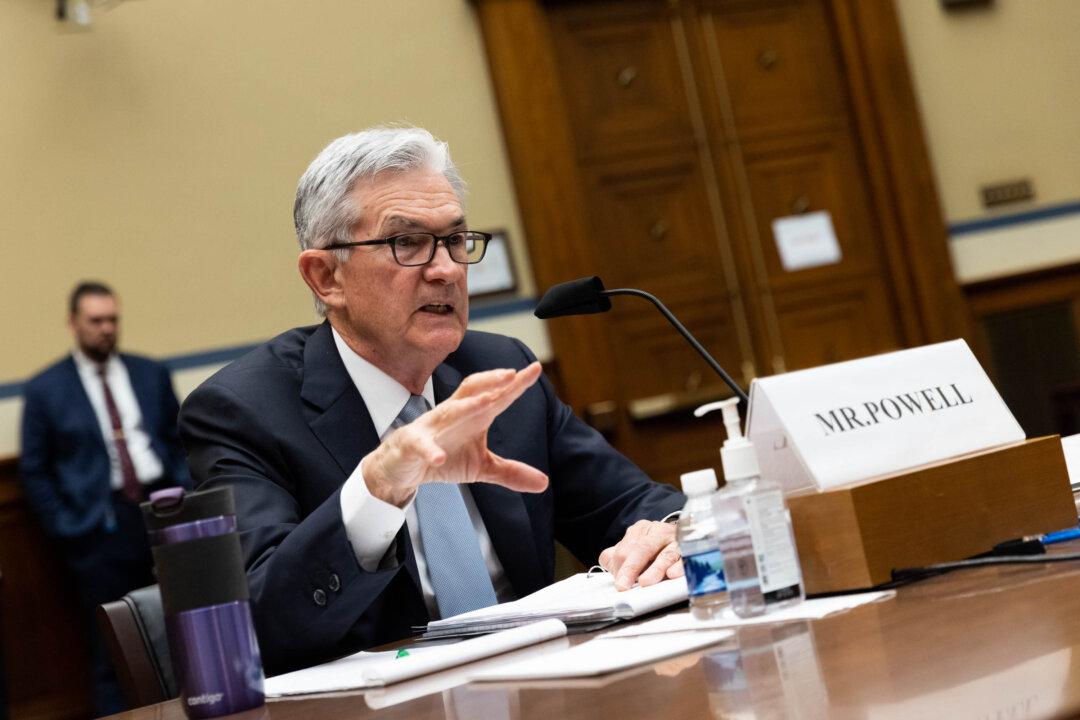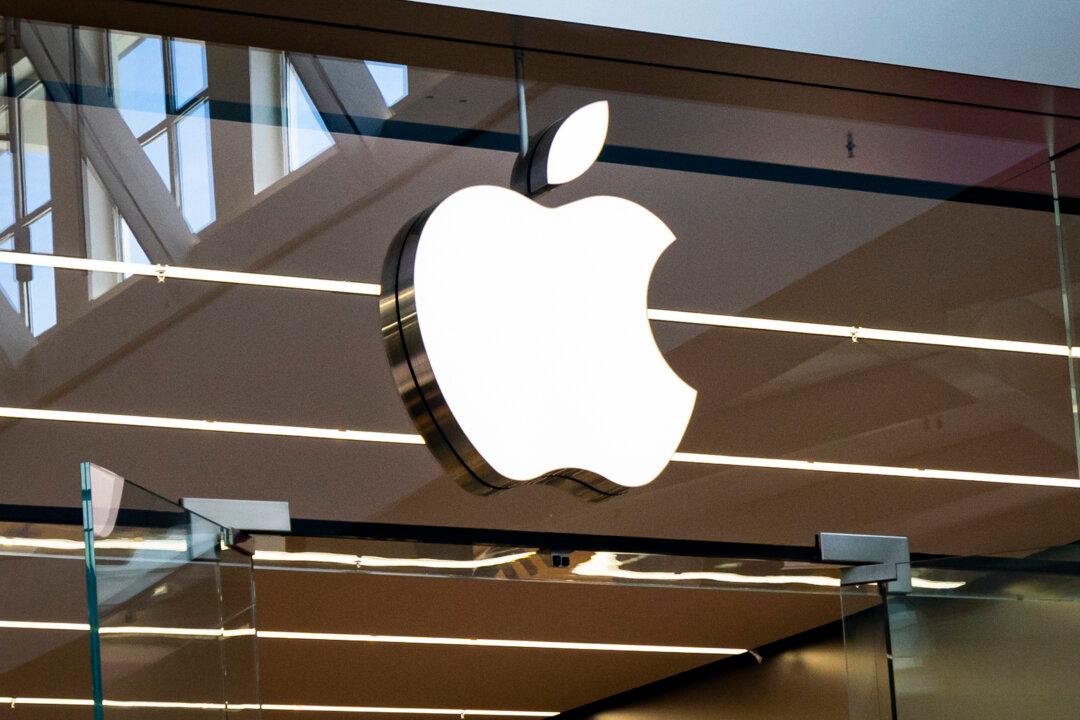Inflation continued to run red hot in September, with the Commerce Department reporting that the headline Personal Consumption Expenditures (PCE) index surged 4.4 percent over the year, to a level not seen since 1991.
Meanwhile, the core PCE inflation index, which excludes the volatile categories of food and energy and is the Federal Reserve’s preferred inflation gauge, rose in the year through September at 3.6 percent, the Commerce Department announced on Oct. 29.





